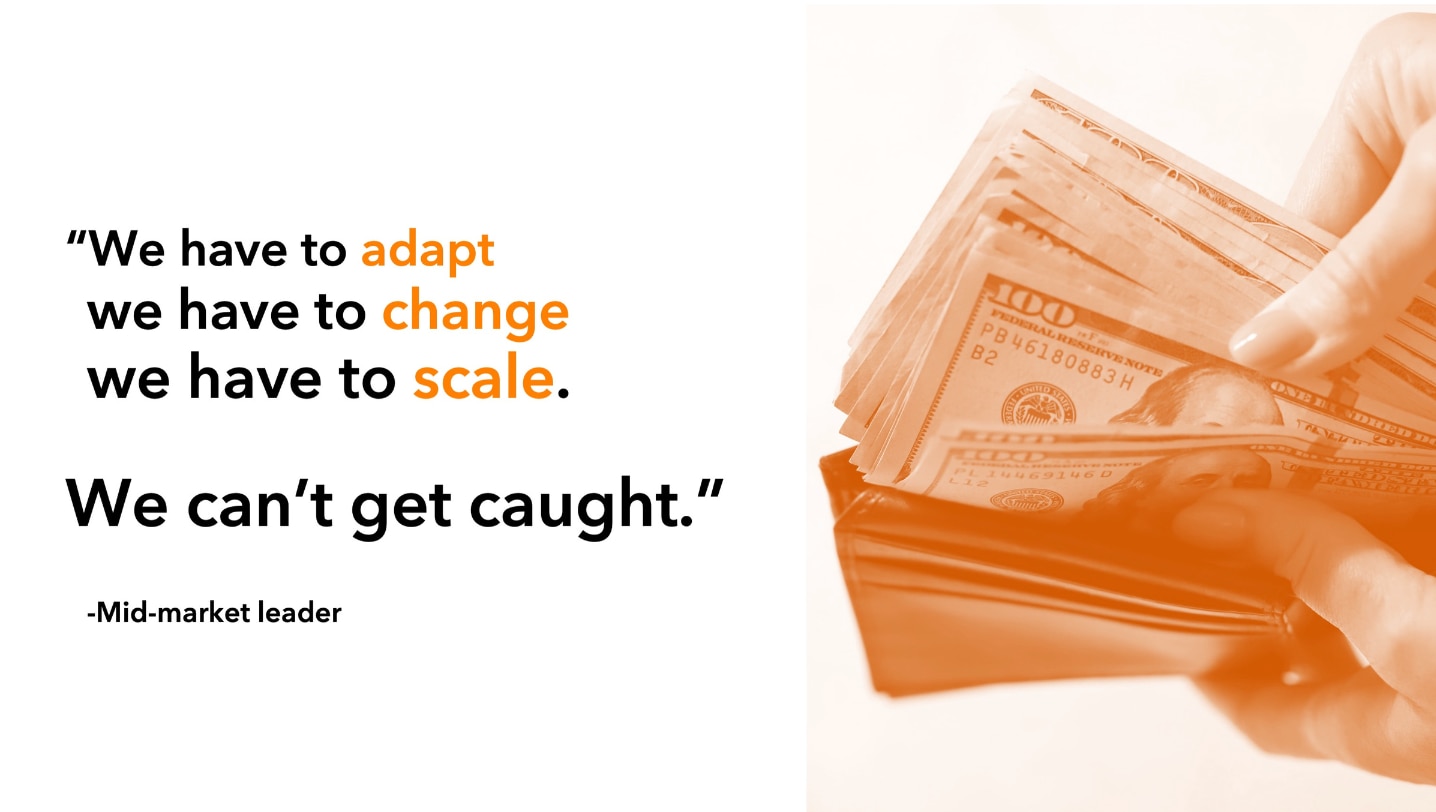My guess is that statistically, it's a good chance that you also feel like parts of your company are locked in a Data Prison. We have countless applications a download away, yet only a few of them communicate with one another; it's no wonder that businesses feel shackled by their data.
To borrow the brain analogy, it's like if your right and left brains aren't speaking to each other. Each part holds essential information, but they need to share it. How does that usually play out?
To follow the analogy all the way through, your right-hand reaches out for a handshake greeting while your left-hand waves goodbye. It's disconnected and hurts your customers. It's a modern business story, and it's costing you.
I realize it is a big topic with many implications, but this struggle will only improve with time if there is an intervention of intentionality, strategy, and purpose. Breaking down the barriers between various applications will unleash a cascade of benefits, including empowering your employees (see what I did there), increasing speed to market, and market agility, while improving your customer experience, attach, and retention.
Ready to escape your Data Prison?
The key to unlocking the potential of your business lies within your grasp. Treat integrated systems like a skeleton key, and use them to open the doors to a more efficient, profitable, and resilient future while leaving Data Prison far behind.
Try it now
- Learn your operations from your customer's point of view. Map out your customer journey through your organization using a program like Mural or the good old-fashioned whiteboard.
- Labor productivity: This metric measures the output produced per worker, often calculated as the ratio of output to the number of labor hours. Higher labor productivity indicates better operational efficiency.
- Order fulfillment cycle time: This KPI measures the time it takes from receiving a customer order to delivering the product or service. Shorter fulfillment cycle times suggest better operational efficiency and higher customer satisfaction.
- (CX) Customer satisfaction (CSAT) score: This KPI assesses how satisfied customers are with the service they receive. A higher CSAT score indicates better customer service and a positive customer experience.
- (Developers) Lead time for changes: This metric measures the time it takes from when a change is proposed to when it is deployed to production. Shorter lead times indicate a more efficient development process.



